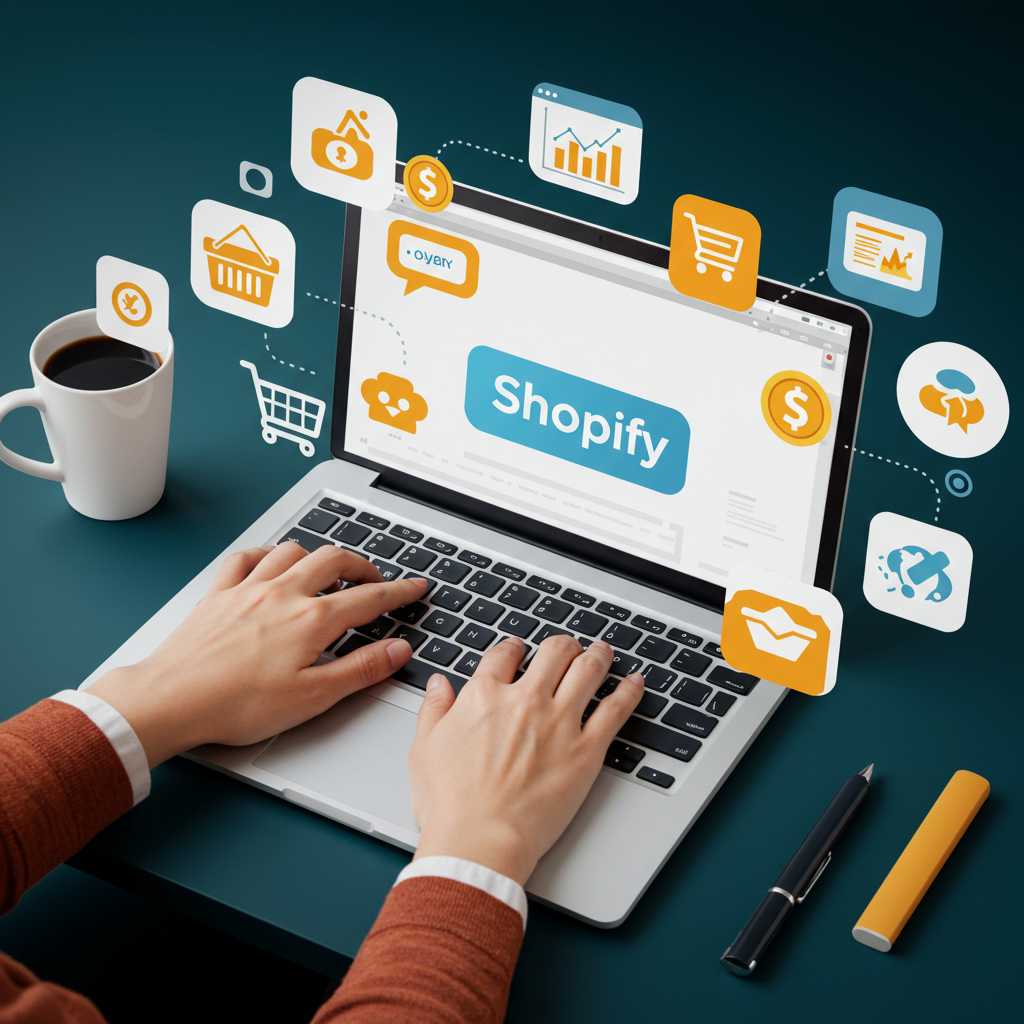Navigating the initial stages of e-commerce can be daunting, but with these actionable strategies, you can set your Shopify store up for sustainable growth from day one.
Starting a new e-commerce business on Shopify is an exciting journey, filled with immense potential. However, I know firsthand that the sheer volume of information and the competitive landscape can feel overwhelming, especially for new sellers.
That’s why I’ve put together this comprehensive guide, drawing from my own experiences and observations, to share some crucial growth hacks that can genuinely make a difference in your early days.
My goal here is to provide you with actionable insights, not just theoretical concepts, so you can implement these strategies immediately and start seeing tangible results.
First and foremost, let’s talk about your product and niche. Before you even think about marketing, I always advise new sellers to deeply understand their target audience and the unique value proposition of their products.
Are you solving a specific problem? Are you catering to a passionate community? A well-defined niche makes all subsequent marketing efforts far more effective and less costly.
Once your niche is clear, focus on your store’s foundation. Your Shopify theme isn’t just about aesthetics; it’s about user experience. I recommend choosing a clean, mobile-responsive theme that loads quickly.
A slow website is a conversion killer. I always emphasize optimizing images for web, minimizing app bloat, and leveraging Shopify’s built-in speed tools to ensure a smooth browsing experience for your customers.
Next, let’s dive into product presentation. High-quality product photography is non-negotiable. I’ve seen countless new stores struggle because their product images look amateurish.
Invest in good lighting, clear backgrounds, and multiple angles. If professional photography isn’t in your budget yet, there are many excellent resources online to help you take stunning photos with just a smartphone.
Beyond images, your product descriptions are your virtual sales assistants. I encourage you to write compelling, benefit-driven descriptions that tell a story, answer potential questions, and highlight why your product is the perfect solution.
Don’t just list features; explain the benefits. How will this product improve your customer’s life? What problem does it solve for them?
Now, let’s talk about getting eyes on your store. Search Engine Optimization (SEO) might sound complex, but for new sellers, I suggest starting with the basics.
Optimize your product titles and descriptions with relevant keywords that your target audience might use when searching. Use Shopify’s built-in SEO features for meta titles and descriptions.
Even small SEO efforts can yield significant organic traffic over time, and it’s essentially free marketing.
Email marketing is another powerful tool that I believe every new Shopify seller should prioritize from day one. Start building your email list immediately.
Offer a small discount or a valuable lead magnet (like a guide or checklist) in exchange for an email address. I’ve found pop-ups to be very effective for this.
Once you have an email list, set up an automated welcome series. This is your chance to introduce your brand, share your story, and offer a first-time purchase incentive.
Don’t forget abandoned cart recovery emails. I’ve seen these simple automated emails recover a significant percentage of lost sales for my clients. They are incredibly effective.
Social media is a must, but don’t try to be everywhere at once. I recommend focusing on one or two platforms where your target audience spends most of their time.
Engage authentically, share behind-the-scenes content, and showcase your products in real-life scenarios. User-generated content is gold, so encourage your early customers to share their experiences.
Consider micro-influencer marketing. Instead of chasing celebrity endorsements, I’ve found that collaborating with smaller influencers who have highly engaged, niche audiences can be incredibly cost-effective and impactful for new brands.
Customer service excellence is not just a hack; it’s a fundamental pillar of long-term success. I always tell new sellers to go above and beyond for their first customers.
Respond quickly to inquiries, handle issues gracefully, and treat every customer interaction as an opportunity to build loyalty. Positive word-of-mouth is your best marketing.
Implement a review system. Social proof is incredibly powerful. I’ve noticed that customers are far more likely to purchase if they see positive reviews from others.
Encourage customers to leave reviews after their purchase, perhaps with a small incentive. Display these prominently on your product pages.
Think about upselling and cross-selling. Once a customer is ready to buy, I always look for opportunities to suggest complementary products or a higher-value version of what they’re considering.
Shopify apps can help automate this process, but even simple ‘Customers also bought’ sections can make a difference.
Finally, don’t be afraid to experiment with small, targeted ad campaigns. Even a modest budget can yield valuable data on what resonates with your audience.
Start with retargeting ads for abandoned carts or visitors who viewed specific products. I’ve found these to be highly efficient for new sellers.
What do you think about these strategies? Are there any specific areas you’d like me to elaborate on further?
Remember, growth is a marathon, not a sprint. Be patient, be persistent, and continuously analyze your data to understand what’s working and what isn’t.
By focusing on these foundational growth hacks, you’ll be well on your way to building a thriving Shopify business. I wish you the very best on your e-commerce journey!






